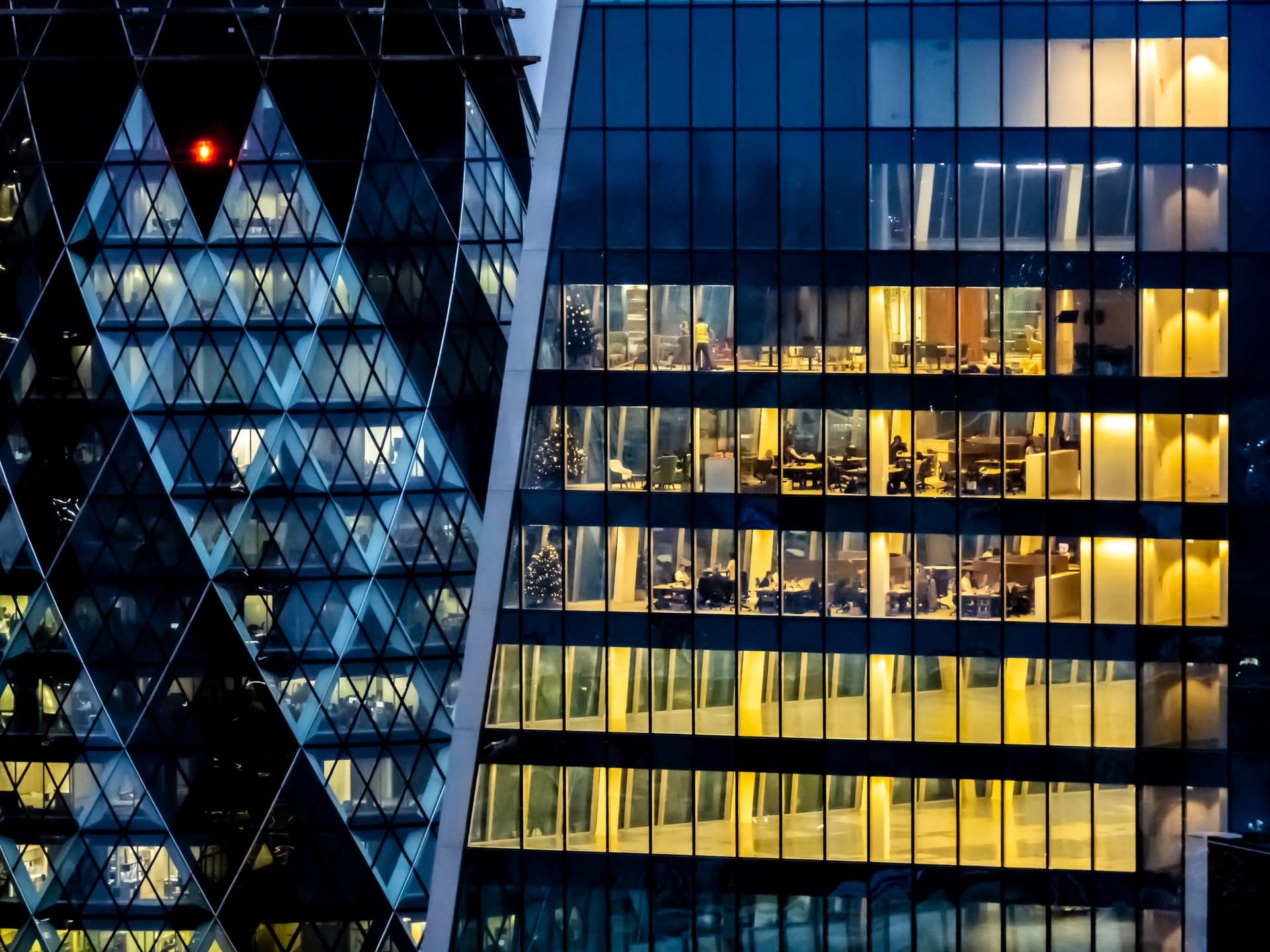Case Study: Effective Right to Light Analysis Outcomes
Within the constantly changing landscape of property development, the concept of Right to Light has emerged as a key consideration for architects, builders, and urban planners alike. Understanding what a Right to Light survey entails is crucial for everyone involved in construction projects, particularly in high-density urban environments. This article delves into the significance of Right to Light surveys, exploring their role in protecting the interests of both developers and adjacent properties, while also looking at noteworthy case studies that highlight best practices and outcomes.
As we navigate through the challenges of property development, the implications of Right to Light extend far beyond simple legalities. They play a crucial role in planning permissions, influencing design choices and project viability. With increasing urban density and a push for new constructions, the importance of conducting comprehensive Right to Light assessments cannot be overstated. In this article, we will reveal the background and legal basis of Right to Light in the UK, discuss the survey process, and reveal how proactive measures can help avoid litigation, ultimately promoting harmonious relationships within the community.
Grasping Right to Light
The right to light is a doctrine that allows property owners to enjoy natural light in their buildings from designated windows. This right is defined under traditional legal principles and relates to properties that have received light through specific openings for a uninterrupted period, typically more than 20 years. The principle aims to protect the enjoyment of light as a significant aspect of residential and commercial environments, ensuring that construction projects do not unduly obstruct light access to neighboring properties.
Comprehending the relevance of right to light is crucial for property developers, as it can greatly impact planning permissions and project viability. If a proposed development infringes on a neighboring property's right to light, it can lead to complaints, delays in the planning process, and possibly costly legal disputes. Developers must consider these rights during the planning stages to prevent complications that might arise afterwards or even stop the project altogether.

Additionally, the implications of right to light go beyond mere access to sunlight; they influence design choices, community relations, and future property values. As urban areas become denser and competition for development space intensifies, awareness and attention of right to light issues will grow increasingly important. Engaging in a right to light assessment can help reveal potential issues and guide developers in creating solutions that satisfy legal requirements while also considering the concerns of neighboring properties.
Survey Process and Techniques
Right to Light surveys are crucial for assessing possible light obstructions and confirming adherence with regulatory guidelines. The assessment procedure starts with site evaluation, where surveyors evaluate the existing light conditions and topography around the site. This assessment often includes calculating sunlight exposure at various times of the day and noting any obstructions that may hinder light access to neighboring properties. Gathering both qualitative and quantitative data during this phase is crucial for an accurate evaluation.
Once the preliminary data is collected, surveyors use specialized tools and techniques to analyze the impact of any proposed developments on light access. Specialized software is frequently employed to create comprehensive 3D models, which simulate how light interacts with the buildings in question. These models enable surveyors to clearly demonstrate potential violations on light rights and provide a comprehensive analysis. The use of BRE guidelines guarantees the survey aligns with industry standards for daylighting assessments.
The result of the survey procedure is typically a Daylight and Sunlight report, which synthesizes the findings and provides recommendations for addressing any identified concerns. This report not only supports the developer in securing planning approval but also serves as a preventive approach to avoid conflicts with neighbors. By outlining the implications of right to light in the framework of the development, both developers and property owners can maneuver the complexities of city planning with assurance.
Examples and Practical Applications
In studying successful outcomes of right to light surveys, one notable case featured a developer in a highly populated London neighborhood. In the beginning, confronting objections from neighboring homeowners concerned about reduced daylight due to a planned high-rise, the developer commissioned a thorough right to light survey. The results revealed potential infringements and allowed for a redesign that addressed the neighbors' concerns, ultimately leading to a favorable planning application that harmonized both development goals and light rights.
A different notable case comes from a project involving historic buildings in a urban core. The builder had ambitions to convert an existing structure into luxury apartments but encountered resistance from adjacent property owners claiming rights to light were being compromised. By engaging a right to light expert early in the process, the developer utilized 3D modeling and adhered to BRE guidelines to demonstrate that light levels for neighbors would remain compliant. This proactive approach not only enabled smoother negotiations but also showcased the importance of integrating right to light assessments in the early stages of development.
In a other case, a residential extension sparked a dispute when neighbors objected, alleging that the new structure would block significant sunlight. Right To Light Aldborough Hatch opted for a right to light survey which revealed the degree of potential impact. Armed with concrete data, the homeowner engaged in constructive discussions with their neighbors to reach an amicable compromise that adjusted the design of the extension while preserving light access. This case highlights how effective communication and well-informed strategies can mitigate conflicts and align interests in right to light matters.